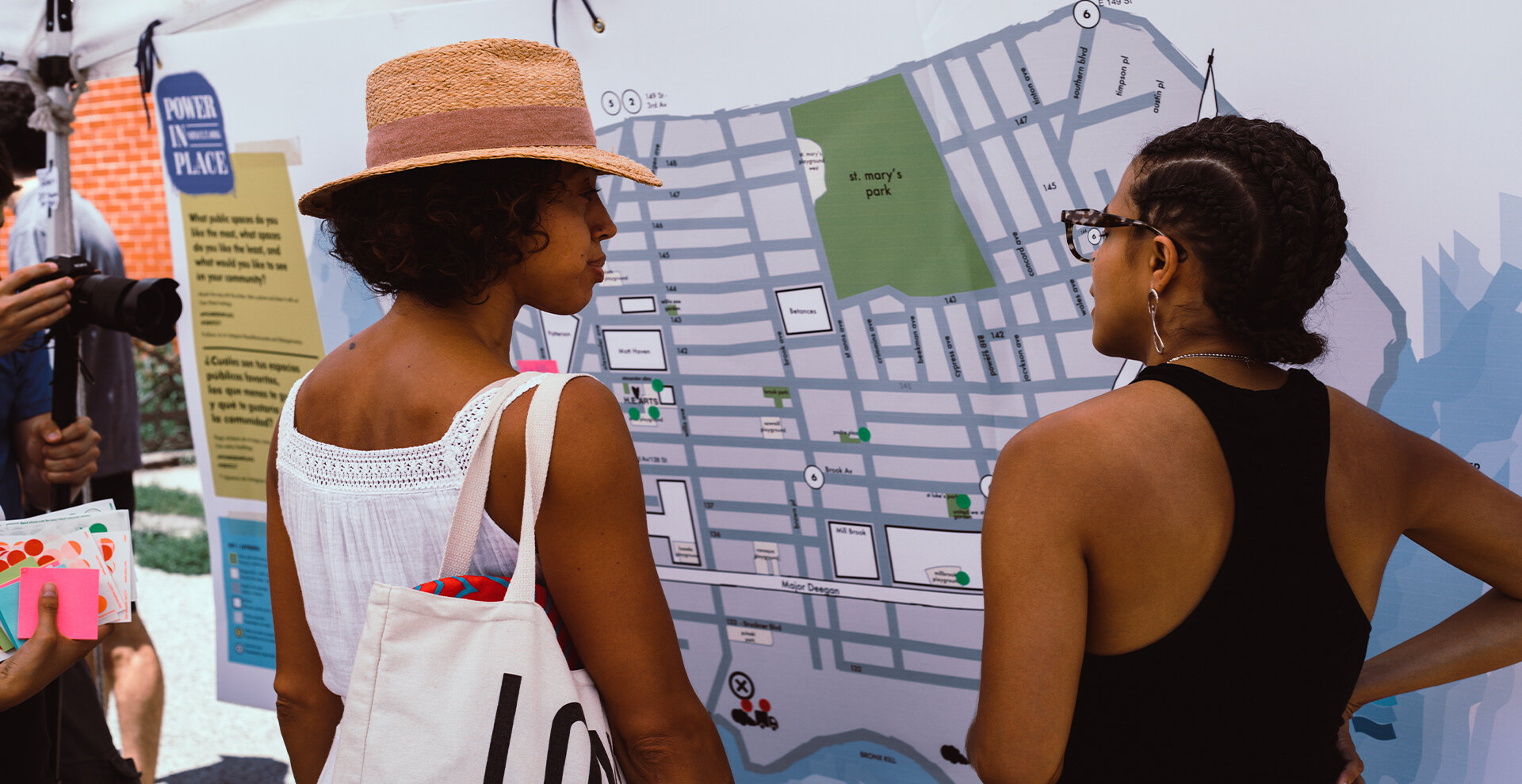
Green SPACE EQUITY
The Challenge
South Bronx faces a significant imbalance in how land is distributed between industrial use and public access for recreation.
Where other waterfronts are commercially developed and often feature boardwalks, shops, and parks, the South Bronx waterfront along the Bronx Kill remains tremendously underutilized, taken up largely by industrial manufacturers and abandoned plots of land.
Even inland, the neighborhoods of Mott Haven and Port Morris share a single park between some 90,000 residents, many of which are too distant to ever regularly utilize this single patch of green space.
The impacts of limited green spaces are multifaceted.
Rising heat levels can be attributed in part to the lack of passive cooling benefits provided by greenspace, which in turn could limit the deaths experienced in South Bronx each summer as an effect of heat stroke. Residents could also benefit enormously from expanded greenspace access and the benefits it provides for mental and physical health.
Health problems stemming from obesity, drug use, and depression are statistically proven to decrease in areas with accessible green spaces.
Our Response
Achieving green space equity and restoring how land is accessed by residents remains a key goal for South Bronx Unite, in large part for the many implicit benefits doing so could have on our community’s welfare. A number of development proposals have already been created by our partner institutions and architecture firms which could achieve greater greenspace across our neighborhoods; it’s now a question of achieving the appropriate funding, governance, and commitment towards actualizing them. By bringing the local community in to advocate for green space equity, we can reach a tipping point in the public will towards seeing these ideas become a reality.
